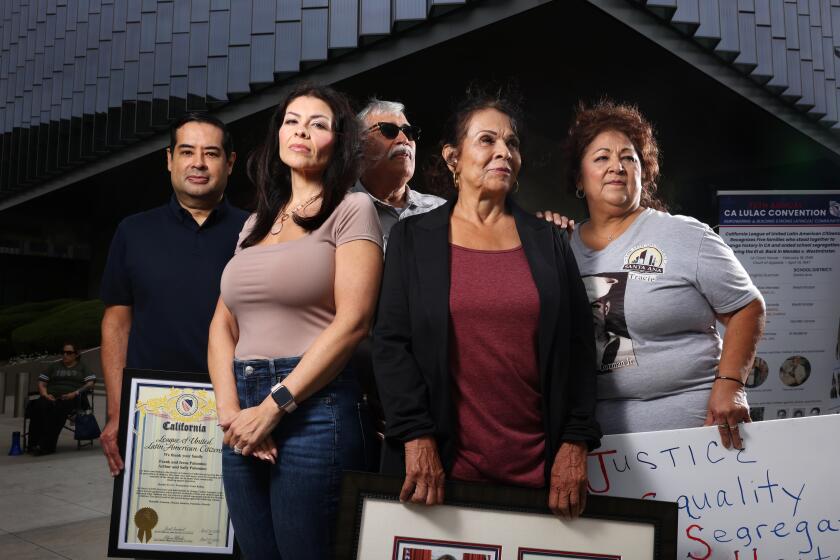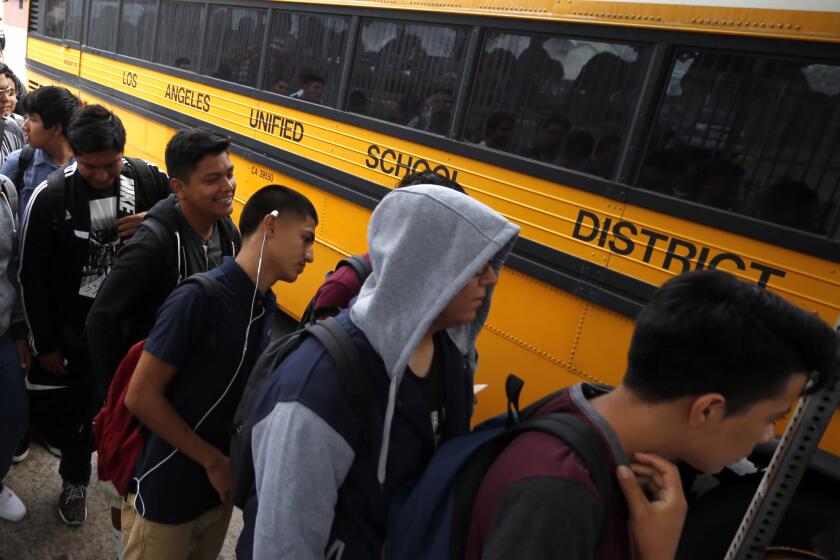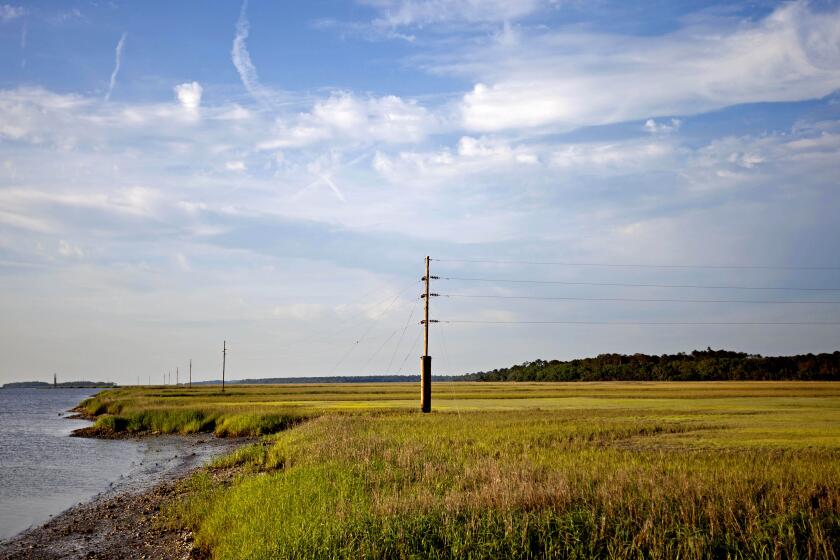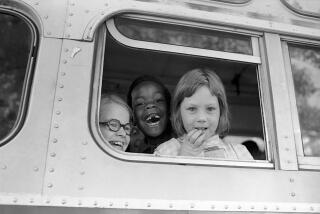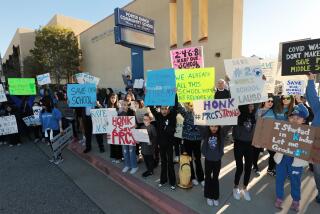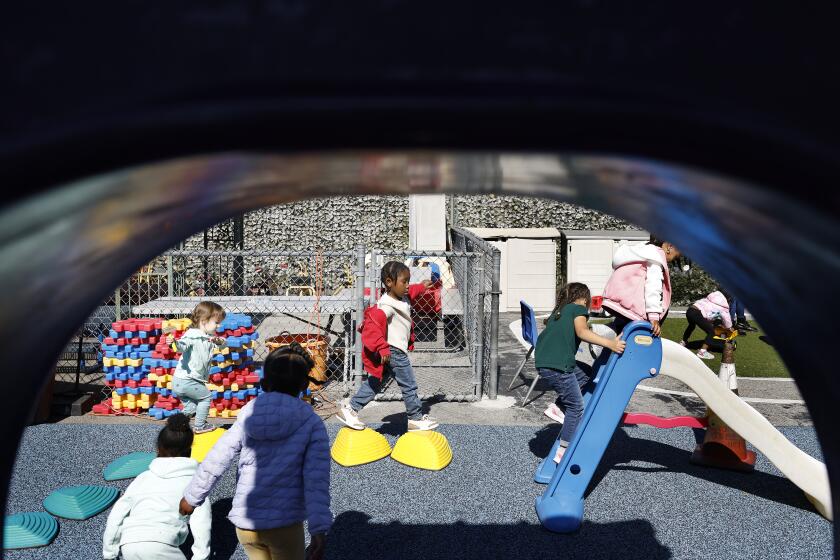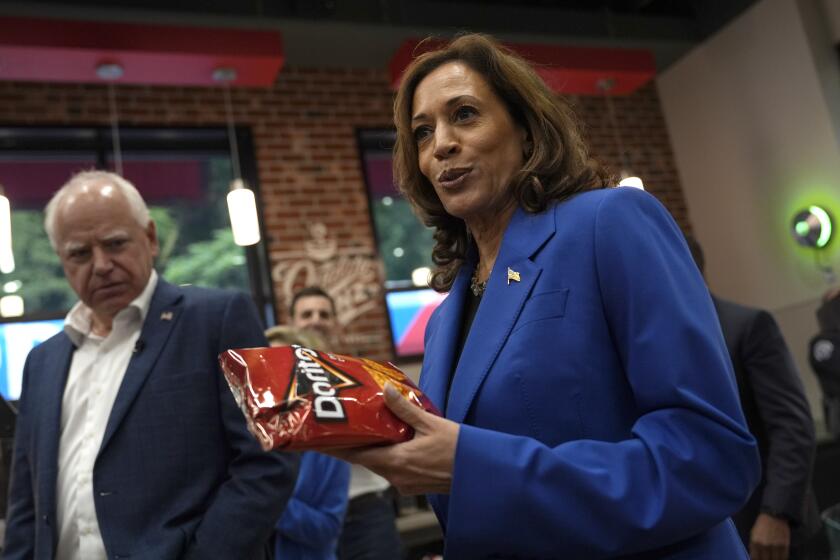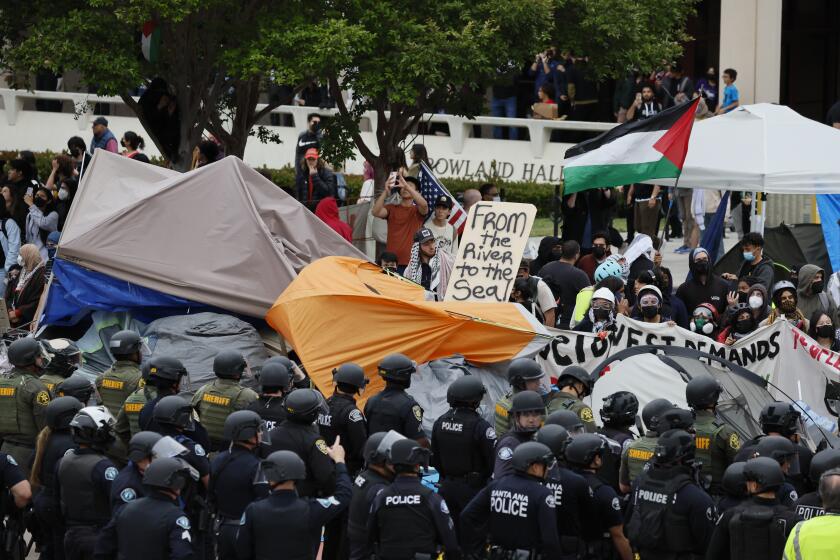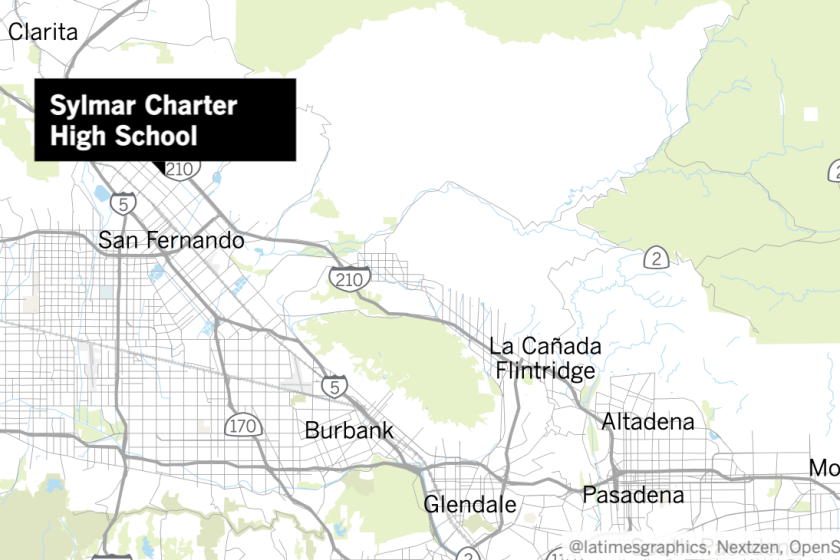School choice and a history of segregation collide as one Florida county shutters its rural schools
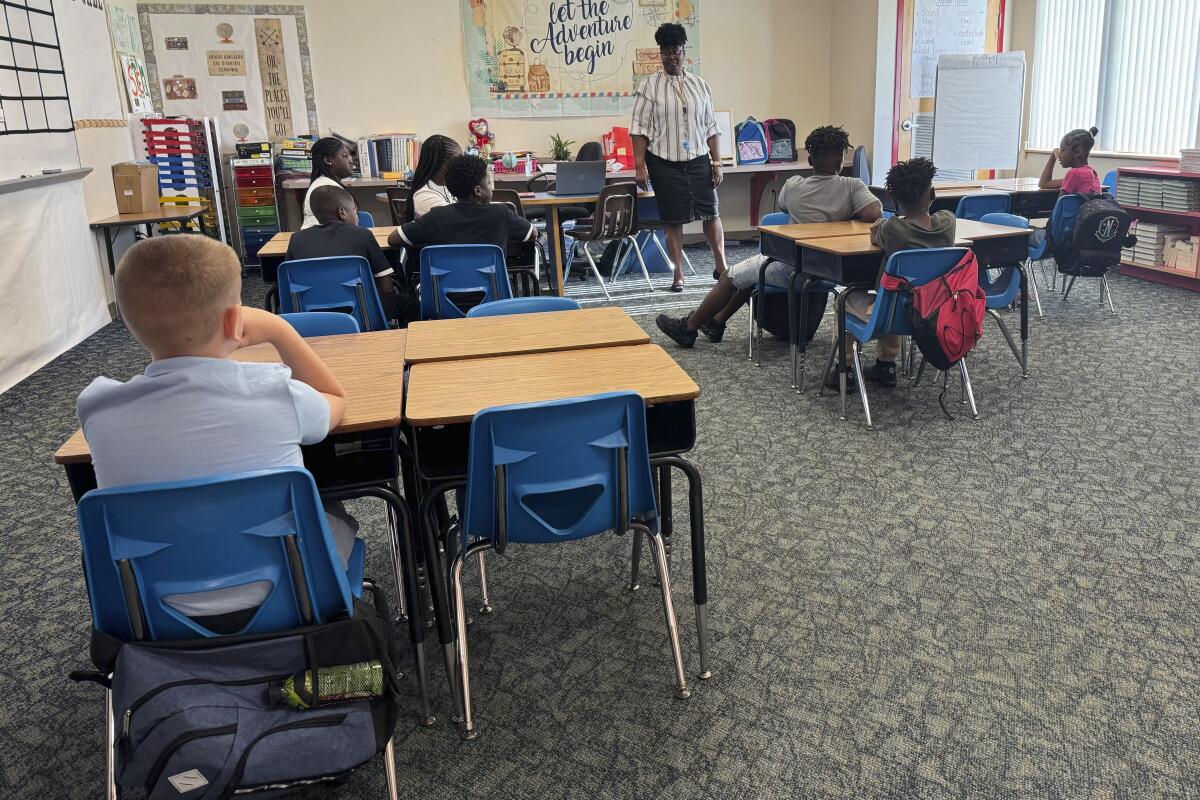
Tens of thousands of students have left Florida’s public schools in recent years amid an explosive expansion in school choice. Now, districts large and small are grappling with the harsh financial realities of empty seats in aging classrooms.
As some districts are being forced to close schools, administrators are facing another long-avoided reckoning: how to integrate students in buildings that remain racially and economically segregated.
In the Florida panhandle, one tiny district plans to consolidate its last three stand-alone elementary schools into one campus because there aren’t enough students to cover the costs of keeping the doors open. But the Madison County School District’s decision to do so has exposed tensions around race in a community where for years some white families have resisted integrating public schools.
“It’s the elephant in the room that nobody wants to talk about,” county school board member Katie Knight told the Associated Press.
“At the end of the day, these kids are going to have to interact with all people of races, skill sets, personality types,” she said. “Trying to segregate our children is not an option.”
Segregation, integration, consolidation
Sixty two years after the Supreme Court ruled that America’s schools must be integrated, campuses across the country are becoming increasingly segregated by race and income.
Shirley Joseph is a product of Florida’s segregated schools — and was a Black student in some of the first integrated classes at one of the local high schools.
Now, as superintendent of Madison County’s public schools, it’s her job to close some of them.
There are fewer than 1,700 students left in traditional public schools in this rural county in the state’s old cotton belt. Many families have moved away to places with more jobs and housing — or chosen other kinds of schooling. For those who remain, the schools provide more than just an education: All of Madison’s students qualify for free meals because of the county’s poverty rate. One in three children there live in poverty.
“If we are to survive as a district,” Joseph said, “we have got to make the hard decisions.”
Earlier this month, Joseph walked the halls of the elementary campuses on their last first day of school, pointing out classroom after empty classroom.
One of the schools slated to close is Greenville Elementary, which has fewer than 100 students — roughly a third of the school’s capacity. When Florida schools were officially segregated, Joseph attended classes there at what was then called the Greenville Training School.
The effort to name the federal courthouse in L.A. after the Mendez family seems like the type of feel-good story this country needs more of these days. So who on earth could be opposed to it?
Generations of Black residents cherish the school’s legacy in the tiny town of Greenville where music legend Ray Charles grew up.
More than 50 years after desegregation, the school remains 85% Black. Class sizes have dwindled as the school struggles to hold onto certified teachers. State ratings of the school have fluctuated, but Greenville has been rated an “F” five times over the past decade for low rates of student achievement.
Fourth-grade teacher Mannika Hopkins had just eight students in her class when an Associated Press reporter visited recently.
“I hate it that it’s closing. This is my heart. This is our community. … This is us,” Hopkins said. “Who wants to move into a community that doesn’t have a school that’s close by?”
Starting next year, Greenville will consolidate with Lee and Pinetta Elementary Schools, which are predominantly white. All those students will be sent to Madison County Central School, a majority Black K-8 campus that’s a 15- to 20-minute drive from the outlying elementary schools. The district hasn’t announced yet which teachers will move to the consolidated school and which ones will be out of job.
School choice fuels declining enrollment
In a novel program designed to break down entrenched stereotypes and spark lasting friendships, the American Exchange Project sent 13 L.A. teens to rural towns, while 10 traveling students arrived in Los Angeles.
Madison County sits an hour east of Tallahassee in a region once dominated by cotton and tobacco plantations. A statue of a Confederate soldier still towers over the central park in the county seat of Madison.
The area has been losing students for years as birth rates decline, businesses close and families move to places with more jobs other than in the timber industry, trucking and working at the nearby state prison.
Other families have stayed but simply left the public schools.
For decades, Aucilla Christian Academy in neighboring Jefferson County has attracted some of the area’s wealthiest families. Established in 1970, Aucilla opened as a wave of new private schools sprang up across the South, founded by white people who opposed integration. Researchers call these “segregation academies,” and many of them remain mostly white. As of the 2021-22 school year, Aucilla’s student body was more than 90% white, according to federal data.
Madison families have pushed back against consolidation in the past: In 1998, the U.S. Department of Education’s Office for Civil Rights stepped in when residents resisted plans to send students from predominantly white Lee Elementary to Central, the school that will soon receive the county’s elementary schoolers. After the department got involved, the district went ahead with the plan.
Nearly 50 years have passed since Kamala Harris joined the legions of children bused to schools in distant neighborhoods as the United States attempted to integrate its racially segregated public schools.
Today, it’s arguably never been easier to leave Florida’s public schools. The chaos of COVID-19 pushed many families to try homeschooling or microschooling — tiny, private learning environments that often serve multiple families. And now, under Gov. Ron DeSantis, all Florida students can qualify for taxpayer-funded vouchers worth about $8,000 a year to cover private school tuition, regardless of household income.
For families opposed to Madison’s consolidation, Aucilla is a possible destination, along with Madison Creative Arts Academy, a public charter school.
Nine-year-old Noel Brouillette’s parents hope she gets a seat at the Academy. It’s not about race, mom Nicole Brouillette said, but rather the majority Black Central school’s reputation of having more fights. If Noel doesn’t get into the charter school, the family might leave Madison County entirely.
The fourth-grader says she’s heartbroken she can’t stay at Pinetta Elementary.
“If I never went here, I would have never met my best friend,” she said.
Other parents are considering homeschooling, like Alexis Molden. She said her sons love going to Lee Elementary, but she’s heard rumors about Central — that multiracial kids like hers get bullied there.
Residents of one of the South’s last Gullah-Geechee communities of Black slave descendants fear zoning changes will force them to sell their land.
“I’ve heard that … it’s pretty much segregated,” Molden said. “You’ve got the white kids, the Black kids and then the mixed kids pretty much have to decide which side they’re going to.”
Katie Knight, the school board member, said that if she had a dollar for every rumor she heard about Central, she could retire.
Still, the county has a history.
When now-Supt. Shirley Joseph taught at Madison County High School a couple of decades ago, she said her students would sort themselves when they filed into her classroom — white kids on one side, Black kids on the other — until she’d make them change seats.
“Somehow we’ve got to find out: How do we mesh the communities?” Joseph said.
There’s always talk about leaving the public schools, Joseph said, but she believes most families will stay. In the meantime, she’s focused on delivering the best education possible for the students she has — the ones who can’t leave.
Payne writes for the Associated Press.
More to Read
Sign up for Essential California
The most important California stories and recommendations in your inbox every morning.
You may occasionally receive promotional content from the Los Angeles Times.
